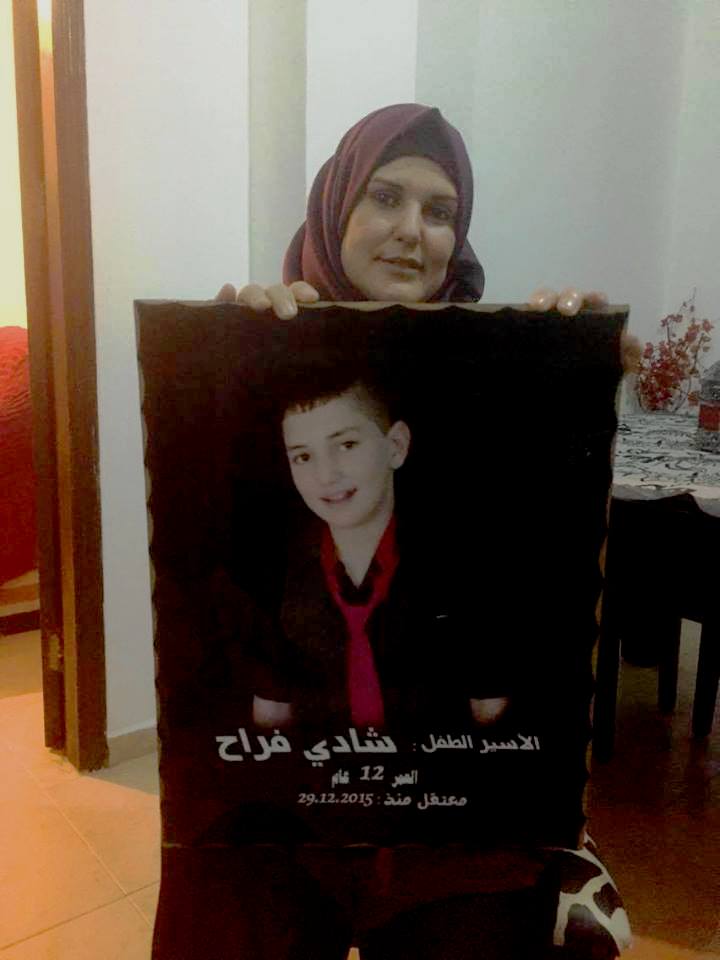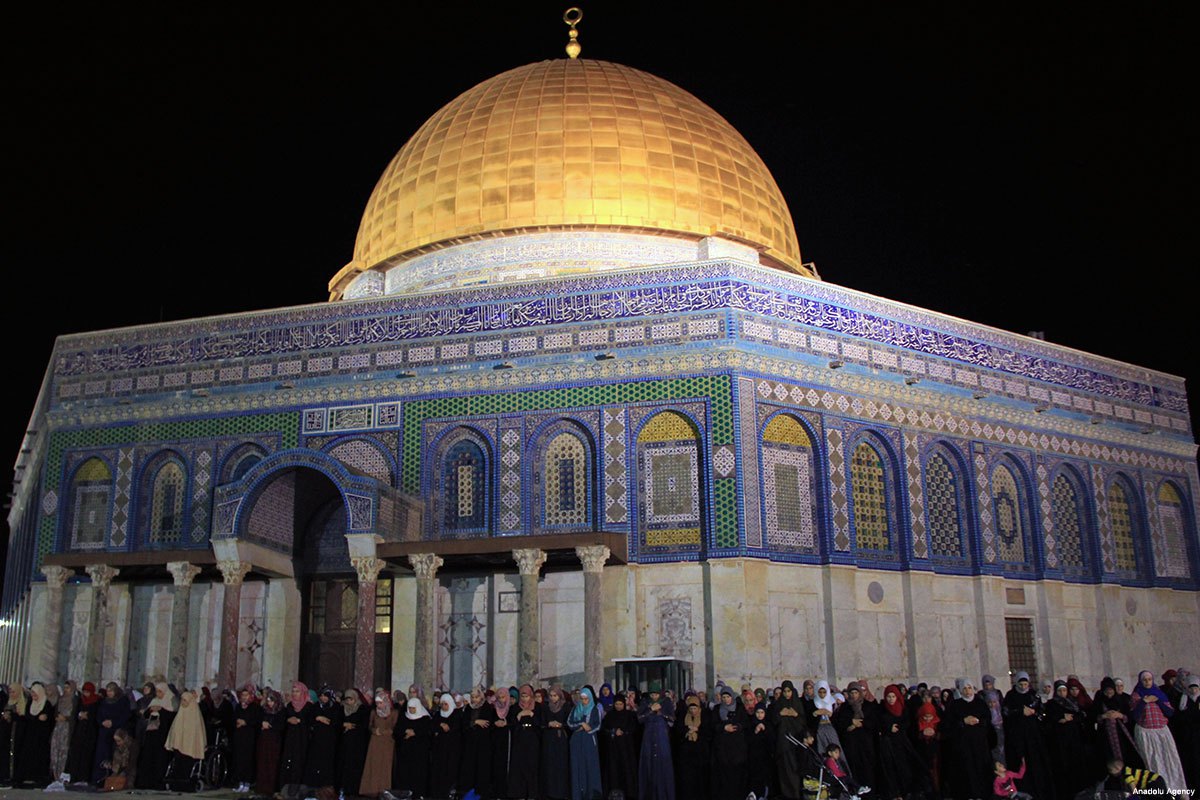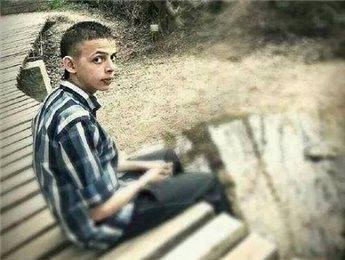Tag: Jerusalem
-
Call to Action: Support Shadi Farah, the youngest Palestinian Political Prisoner
20th July 2016 | International Solidarity Movement, al-Quds team | Jerusalem, occupied Palestine Shadi Farah is just 12 years old, but he’s caught in a trap that few adults ever manage to work their way out of. Last December, Shadi and his Friend Ahmad Zaatari, 13, were arrested at a bus stop in Jerusalem. A…
-
Ramadan 2016: Harassment, collective punishment and settlement expansions in the occupied West Bank
7th July 2016 | International Solidarity Movement, al-Khalil team | West Bank, occupied Palestine Monday the 6th of June marked the beginning of the Ramadan; the holiest holiday in Islam. The Ramadan is a sacred month in the Islamic calendar, where Muslims celebrate when the Qu’ran was revealed for the first time to the Prophet…
-
Remembering Mohammed Abu Khdeir two years after his brutal murder
2nd July 2016 | International Solidarity Movement, al-Khalil team | Occupied Palestine Today marks the two year anniversary of the brutal kidnap, torture and eventual murder of 16-year-old Palestinian Mohammed Abu Khdeir. The teenager was kidnapped in the Shufat neighbourhood of occupied Jerusalem by Ben David of the illegal settlement Geva Binyamin and two assailants…



